Tag: infection

Tigecycline in Critically Ill Patients on Continuous RRT
Despite high dialysability, dialysis clearance displayed only a minor contribution to tigecycline elimination, being in the range of renal elimination in patients without AKI. No dose adjustment of tigecycline seems necessary... read more
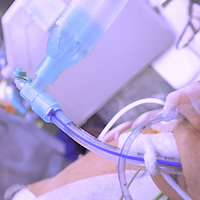
Decontaminants Don’t Cut Bloodstream Infection Risk in Ventilated ICU Patients
The use of digestive and oral decontaminants in patients in the intensive care unit (ICU) who are mechanically ventilated and who have moderate to high antibiotic resistance is not associated with a reduction in ICU-acquired... read more
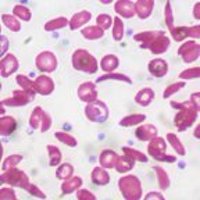
New Sickle Cell Test Can Transform Screening
Sickle cell disease is common throughout much of sub-Saharan Africa. It affects up to 3% of births in some areas and is associated with very high mortality. Many cases go undiagnosed in regions where there are few resources,... read more

Vitamin Treatment For Sepsis Is Put To The Test
Dr. Jonathan Sevransky was intrigued when he heard that a well-known physician in Virginia had reported remarkable results from a simple treatment for sepsis. Could the leading cause of death in hospitals really be treated... read more

Antimicrobial Chemical Tied to Antibiotic Resistance Genes in Dust
Most people have heard about antibiotic-resistant germs. But how about antibiotic-resistant dust? A new Northwestern University study has found that an antimicrobial chemical called triclosan is abundant in dust — and linked... read more

Antimicrobial copper touch surfaces may help fight global threat of antibiotic resistance
Copper is a powerful antimicrobial with rapid, broad-spectrum efficacy against bacteria and viruses, and has been shown to kill disease-causing pathogens, including influenza A, E.coli and norovirus, and resistant bacteria... read more

Bacteria ‘alarm clock’ may cause repeat infections in patients
Scientists have discovered a bacteria 'alarm clock' that wakes dormant Salmonella in the body, allowing the bug to trigger a repeat infection. The researchers, from Imperial College London, say the 'alarm clock' is shared... read more
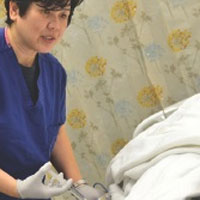
Do State Regulations on Nurse Staffing Make a Difference in ICU Outcomes?
In the recent issue of Critical Care Medicine, Law and colleagues published an evaluation of the impact of changes in Massachusetts state regulations mandating that nurse staffing levels on critical care units be set at 1:1... read more
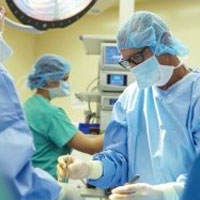
Electronic Health Records & Preventing Healthcare-Associated Infection
The Health Information Technology for Economic and Clinical Health Act (HITECH), as part of the American Reinvestment & Recovery Act of 2009, was created to accelerate the pace of technology diffusion in the American healthcare... read more
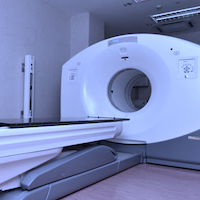
PET-CT in Critically Ill Patients: Diagnosing the Unsuspected
PET-CT precisely detected the deep foci of infection about 48 hours prior to the diagnosis of sepsis. The cases reports suggested the use of this image technique in ICU for patients with sepsis of unknown origin. We admitted... read more
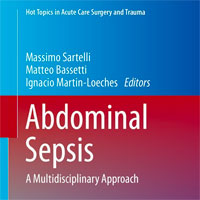
Abdominal Sepsis: A Multidisciplinary Approach
Recently released, Abdominal Sepsis examines in detail the topic of sepsis, with a focus on intra-abdominal sepsis. Particular attention is devoted to source control in the management of the infection, antimicrobial therapy... read more

Patterns of Early Crystalloid Resuscitation Provided to Sepsis and Septic Shock Patients
Patterns and Outcomes Associated With Timeliness of Initial Crystalloid Resuscitation in a Prospective Sepsis and Septic Shock Cohort. Crystalloid was initiated significantly later with comorbid heart failure and renal failure,... read more

PPIs do not increase risk for C. difficile infection in ICU
Proton pump inhibitors are not associated with an increased risk for Clostridium difficile infection in ICU patients, according to the results of a retrospective cohort study. PPI use was not associated with a significant... read more

Imaging platform captures hard-to-track bacterial lung infections in real time
Ahsan Akram and colleagues have created a fluorescent imaging probe that can quickly and accurately detect hard-to-trace Gram-negative bacteria (one of the major bacterial groups) in human lungs within minutes. Their first-in-human... read more








